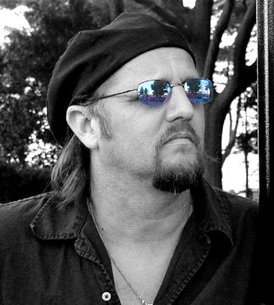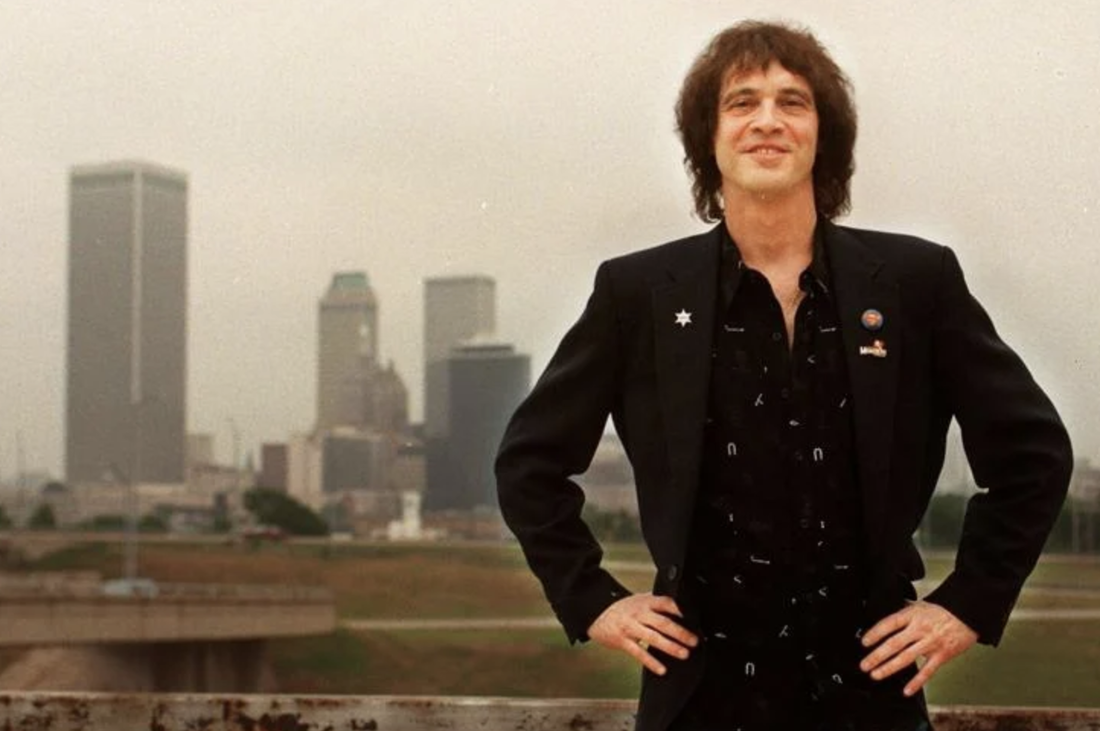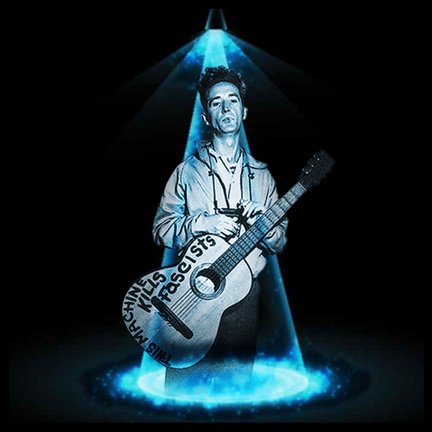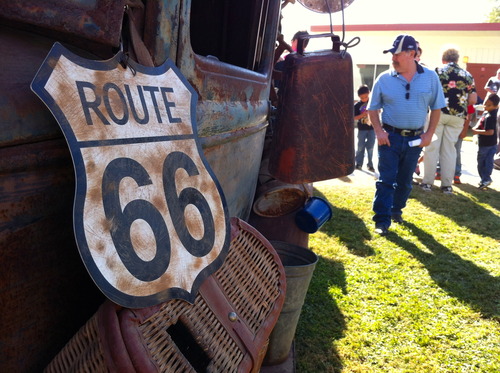|
When I was the pop music critic at the Tulsa World in the late ’90s and early aughts, I had the distinct pleasure of meeting and writing about one of my musical heroes, Dwight Twilley ("I'm on Fire," "Looking for the Magic," "Girls"). The ol' cuss passed away recently, and I returned to the World's pages this weekend to try and say something about what I learned from him — like, how to be proud of where you come from without coming off like a chamber-of-commerce goon. Twilley's pop-rock sound was Tulsan, pure and simple. He knew it, he understood it, and he hired the guys to maintain it. (Different than Leon Russell or J.J. Cale and all that "Tulsa Sound" stuff. Dwight was just nine years younger than Leon, but somehow I think of Leon as an uber-boomer and Dwight as a bit more forward-thinking.) Here's to you, DT.
0 Comments
 Jimmy LaFave left Oklahoma as a young man — just like one of his biggest heroes, Woody Guthrie — then lived an entire life continually inspired by the red dirt he left behind, haunted by his homestate histories, and consistently pressed into service as an ambassador for its culture. He didn’t seem to mind. “There’s something about that part of the earth that sticks with you,” he told the Tulsa World nearly 15 years ago. “I have to go back there from time to time to soak up some energy and inspiration. I plan to end up back there myself one day.” I don’t know if he’s ultimately ending up back in Oklahoma, but I’d always been convinced he never actually left. People think I don’t like Leon Russell, and nothing could be further from the truth.
It’s my own fault. On the way out the door as pop music critic for the Tulsa World newspaper back in 2002, I reviewed one of his shows and kinda let him have it. My two most productive research interests seem quite different. My current dissertation project investigates the cultural histories and spatial embodiment of holograms and hologram simulations. In my copious free time (cough, sputter), I also maintain a course of study that began well before my grad-school adventure; as a journalist, both in Tulsa, Okla., and at the Chicago Sun-Times, I wrote a great deal about folksinger Woody Guthrie and the revival of his legacy within his home state, and now as a scholar I continue examining the ol' cuss and his peculiar communication strategies. One interest is old, analog, and sepia-toned; the other is shiny, digital, and futuristic.
But — as I explained in my presentation this weekend at the Woody Guthrie Symposium, hosted jointly by The University of Tulsa and the Woody Guthrie Center — there's actually a bit of Venn-diagram shade between the two. What interests me about these emerging "hologram" technologies, especially uses of the tech in pop-music performance contexts, is how the digitally projected characters achieve some semblance of believability, how their creators manage to craft a successful performing persona, and whether these simulations can claim something like Benjamin's "aura" or even Bazin's "fingerprint." This is not far removed, I'd say, from the process human performers go through in crafting their own performing personas — which is what I claim Woody did during his two years on L.A. radio beginning in 1937, as a direct result of his encounter with the new mass medium and its delayed feedback channels. Such is the basis of my paper on the subject, and my talk this weekend. No one, to my knowledge, yet has proposed that Woody be among the legions of dead musicians resurrected in hologram form. This sounds like both a terrific idea (he'd probably love it) and a dreadful idea. Who knows? The ones who embraced the countryish side of the ’80s, they’re special. Beyond the synth-pop and college rock, the New Wave and New Romantics, even the Paisley Underground, there were the cowpunks. They were refreshingly less self-righteous than most of the pearl-snapped, No Depression-quoting blowhards the following decade. Centered in L.A., hilariously, all those crisp but gritty backbeat bands — Lone Justice (all hail), the Blasters, Blood on the Saddle, Screamin’ Sirens, the Long Ryders (didn’t they just regroup?), Tex & the Horseheads, Beat Farmers, Wall of Voodoo probably counts, as does Green on Red — in the center of which was X.
When I arrived in Tulsa, Okla., in the early ’90s, it was its own cowpunk (though by then alt-country-labeled) outpost — the twisted rootsabilly snarl (and, in concert, the chainsawed bologna) of Billy Joe Winghead, Brian Parton and his Rebels, the Boondogs (for a splendid brief time), the Red Dirt Rangers (in their rockin’ moments), Bob Collum (before his legendary hitchhike overseas), Mudville, Phil Zoellner’s bands, whoever was booked at the Deadtown Tavern and whoever drifted over from Stillwater (Cross Canadian Ragweed, Jason Boland, etc.) and … hell, anyone remember Ester Drang’s twangy offshoot, Lasso? — in the center of which was Tex. UCSD’s theater dept. is mounting a production of “The Grapes of Wrath” this month — Frank Galati’s superlative stage adaptation of John Steinbeck’s landmark novel. Galati won a pair of Tonys after initially bringing this story to the stage at Chicago’s Steppenwolf Theatre Co., and my former colleague, theater critic Hedy Weiss, described the adaptation’s faithfulness to the source material as “not only uncompromising, but devoid of sentimentality, and that it is flawless in the way it sweeps us into the lives of the characters, and their time, without a wasted word or motion.” Hard to go wrong with source material this great.
Just a couple of weeks ago, I was hanging with the Joads myself. |
this blahg
I'm THOMAS CONNER, Ph.D. in Communication & STS, and a longtime culture journalist. Categories
All
Archives
June 2024
|





 RSS Feed
RSS Feed